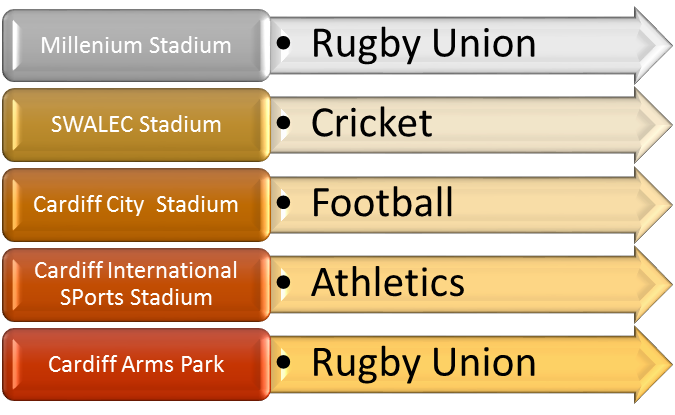Competitive strategy is well-defined approach as long term plan of some particular company in the market to gain a benefit over its competitors in the industry. This type of strategies plays a major role when the industry is competitive, and consumers get almost identical products. Take an example of Mobile Phone Market.
Types of competitive strategies
- Cost Leadership
In this goal of the firm is to achieve large-scale production by lowering producer cost in the industry, this helps them to attain stable economy. Some factors to achieve cost leadership are High capacity utilisation, good bargaining power and high technology implementation.
- Differentiation leadership
In this strategy, firms maintain their unique features of products in the market to create a different image. With this uniqueness, firms target to achieve leadership in the market. Firms charge a high price for the products. Best quality, brand, major distribution channels and consistent promotional support are major attributes of such products.
- Cost focus
In this strategy, firms focus on particular market segments and under those segments it keeps its products low priced. This strategy helps firms to satisfy their customers and gain popularity for e.g., Sonata Watches.
- Differentiation focus
In this strategy, firms focus on differentiating itself from other competitors in some specific segments only. This type of differentiation is done to meet demands of the customers who restrict from purchasing products of competitors due to some small features missing. It is a clear niche marketing strategy, for example, Titan Watches. Follow this strategy to sustain even in tough times.
Examples are given below:
Cost Leadership- Micromax smartphones and mobile phones provide good quality at an affordable price that contains all features which a premium phone like Samsung or Apple offers.
Differentiation Leadership- BMW provides cars that are different from other cars of various brands. Cars of BMW are technologically advanced, better features and got personalised services.
Cost Focus- Sonata Brand Watches focus on giving watches at low cost compared to other competitors like Rolex, Omega, Titan, etc.
These three generic strategies Cost, Differentiation and focus bring various advantages to an organisation. Regarding relative cost and prices, competitive advantage can be defined. It links directly to the profit and presents a new perspective on how to generate profits. The framework of Porter’s for predicting the behaviour of competitor has transformed the way in which companies look at their competitors.
Many managers in both small and large companies throughout the world make use of Porter’s ideas and apply them to assess industries, understand the behaviour of competitors and choose competitive positions.

 ENQUIRE
ENQUIRE
 REQUEST CALLBACK
REQUEST CALLBACK
 GET A FREE QUOTE
GET A FREE QUOTE


 Introduction
Introduction Course Details
Course Details Course Content
Course Content

 London
London